There are three key reasons why railroads are important. They can move heavy and bulk products, are economical and they provide great employment opportunities.
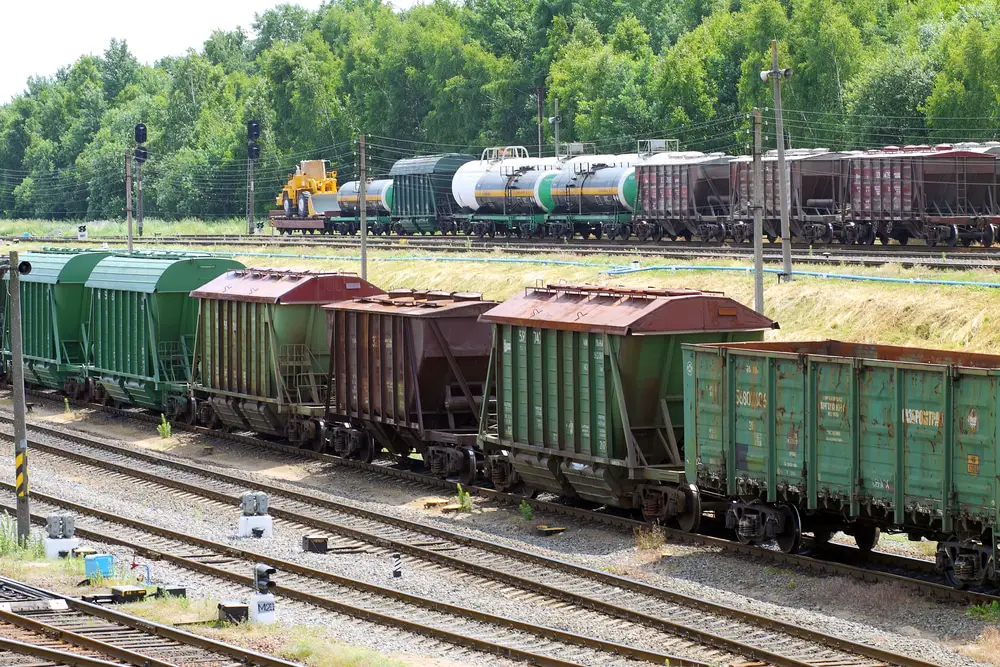
Railroads have been a crucial part of our history. What started from moving people within a city to transporting goods to different parts of the world.
Unknown to most people, rail transport is crucial to our economy and it has many advantages.
Trains do not only transport people, but there are many types of cars that each carry a specific product.
Read on to learn more.
3 Reasons Why Railroads Are Important
The rail industry has been crucial in moving millions of tons of products around the U.S. and the world.
With its massive impact on different industries, there’s no wonder why many businesses prefer this mode of transportation to deliver their products.
There are three main reasons why railroads are important and essential in our society today, these are:
1. Carry the Most Cargo in Weight and Distance
According to the U.S. Bureau of Transportation data, railroads haul at least 40% of the total freight of U.S. commodities.
Regarding the cargo weight and distance traveled, railroads now carry the most freight out of all the modes of transportation.
2. Less Expensive and Less Manpower
Railroads are less expensive than road, air, and water transportation and typically need less manpower.
Not only that, but trains are also more environmentally friendly because they burn less fuel.
As the lifeblood of many industries in the U.S., it’s crucial that all tracks and lines throughout the country are well-maintained.
Some trains carry loads per region, while others go from coast to coast.
If you’re wondering how people keep track of all the trains, you can check the railroad map to see all the tracks and lines in the world.
3. Thousands of Job Opportunities
One of the main reasons why railroads are essential is because they employ more than a hundred thousand employees in the U.S alone.
Many businesses also see the railroad industry employing more people in the incoming years.
This is mainly because businesses will eventually expand after the global pandemic.
Additionally, the rail industry pays its workers higher than the average compensation of U.S. workers. In 2022, the salary of a railroad worker is around $44,300 and $53,500. However, some factors such as certifications, education, professional years, and additional skills affect this range.
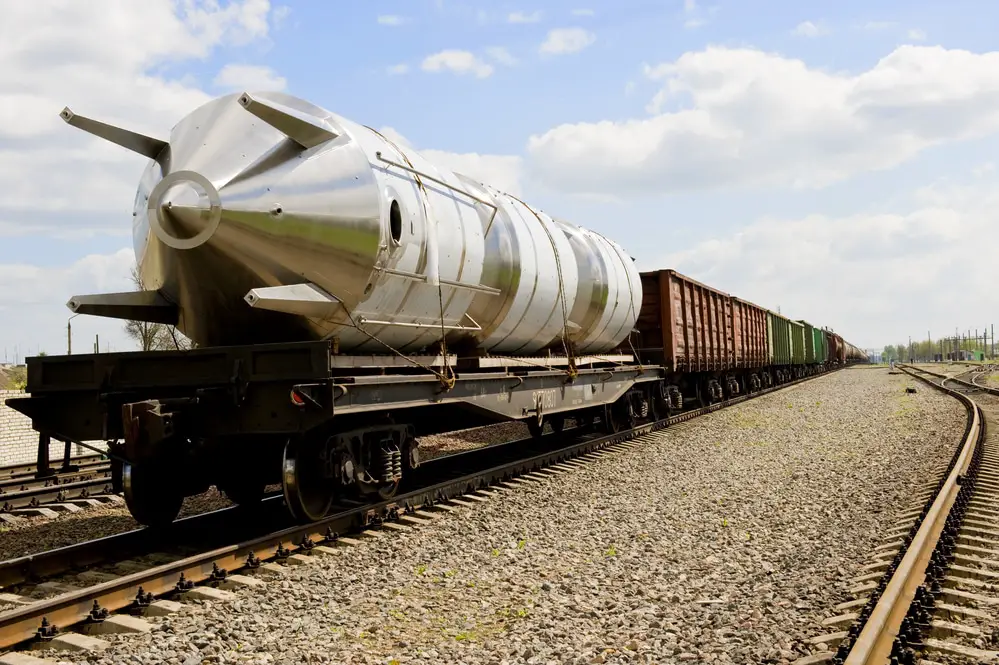
7 Advantages of Rail Transport
Even with the advancement of technology, many industries still see the power that rail transport holds.
Carrying tons of materials over thousands of miles with little exposure to danger.
Here are some of the most important advantages of rail transport.
1. Cost-Efficient Way of Transporting Goods
Freight trains are the most efficient way to transport goods on land. Compared to traditional trucks, a freight train can carry 1000 times more truckload depending on the cargo.
Additionally, rail transport has better drop trailer program costs and fewer costs to drivers.
2. Most Dependable Mode of Transport
Out of all modes of transportation, railroads are the most dependable. It’s the least affected in terms of weather conditions and almost guarantees that your products will arrive in one piece.
Additionally, all freight railroads follow a standard and strict train schedule. This means that it’s also a guarantee that your materials will arrive on time.
In most cases, the railroad company pays their clients if they deliver outside the scheduled time.
3. Capable of Hauling Heavy and Bulky Loads
One of the best advantages of freight trains over other road transit is that they can carry heavy and bulky loads in one go.
A double-stacked train can hold at least 280 times the amount a truck can hold.
This means that you don’t only save your money from driver salaries, but you also save on fuel and time.
4. More Environmentally Friendly Compared to Trucks
Compared to road transit services, trains are at least four times more fuel-efficient.
In the U.S. alone, a ton of freight carries nearly 500 miles per gallon. Railroads move one-third of U.S. exports and carry almost 40% of all the long-distance freight volume.
Even so, they only account for 1.9% of GHG emissions in transportation. Additionally, they only occupy 0.5% of U.S. greenhouse gas emissions.
5. Shorter Lead Times
Another advantage of rail transit is that it’s faster and more reliable than other modes of transportation.
Railroads can cut transportation time by at least 50%, giving you a shorter lead time.
Many fast-moving industries rely on railroads to deliver their products quickly and efficiently.
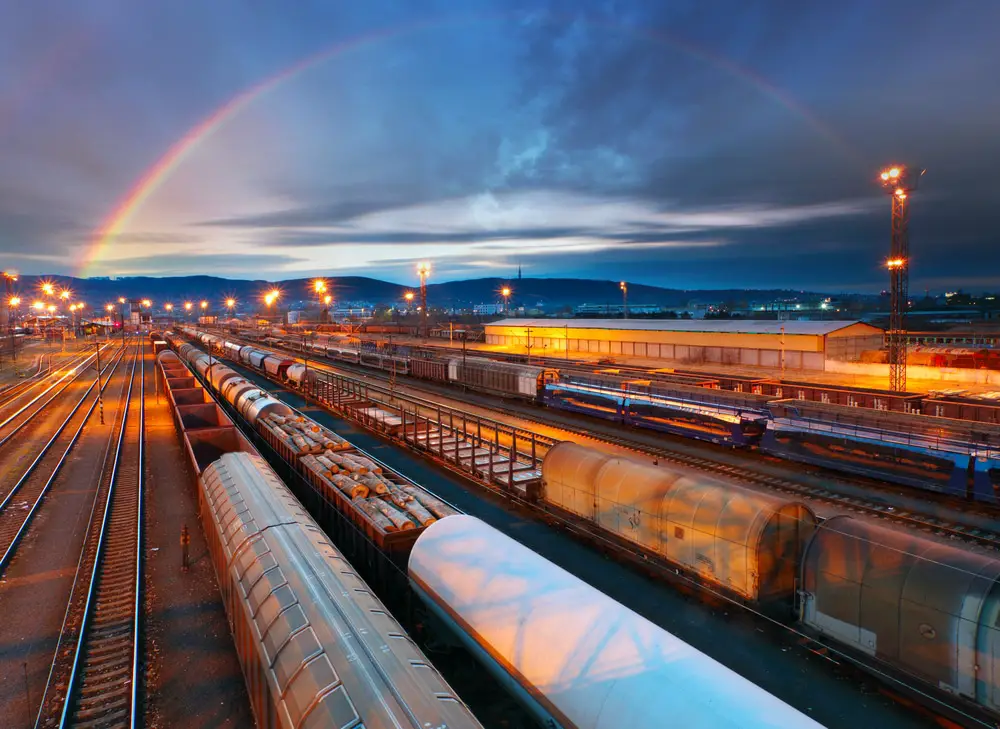
6. Fewer Limitations Compared to Over-the-Road Capacity
One of the many disadvantages of road transit is the over-the-road limitations.
You have to consider driver shortages, hours of service restrictions, and market demand if you want to move your goods via trucks.
Railroads don’t have these limitations, which allow industries to continue their business.
7. More Organized
Compared to other modes of transportation, rail transits are more organized because of fixed schedules and routes.
All freight trains ensure that the movement on the rails is on-time.
Additionally, it’s easier to make shipping requests because you get a quote within a day.
How Are Railroads Used Today?
In today’s modern world, most railroads are used for freight & passenger transport.
In rural and urban locations, railway companies operate over 226,097 km of standard gauge track in the United States.
Additionally, rail lines generate hundreds of millions of dollars annually, which helps the economy of the U.S.
Small railroad companies are now merging with large corporations for growth. This results in old tracks being refurbished and training in staff.
Also, rail workers have specialized services and training, which translates to higher income.
The future of railroads is bright. From freight transportation to passenger cars, rail transport is seen to become the solution for speeding commuter trips and growing tourism.
Here are some of the critical updates that are expected to be seen in the future:
- Cleaner rail transit
- Improvement in online accessibility
- Safer rail transit
- Become more fuel- and energy-efficient
- Run by AI
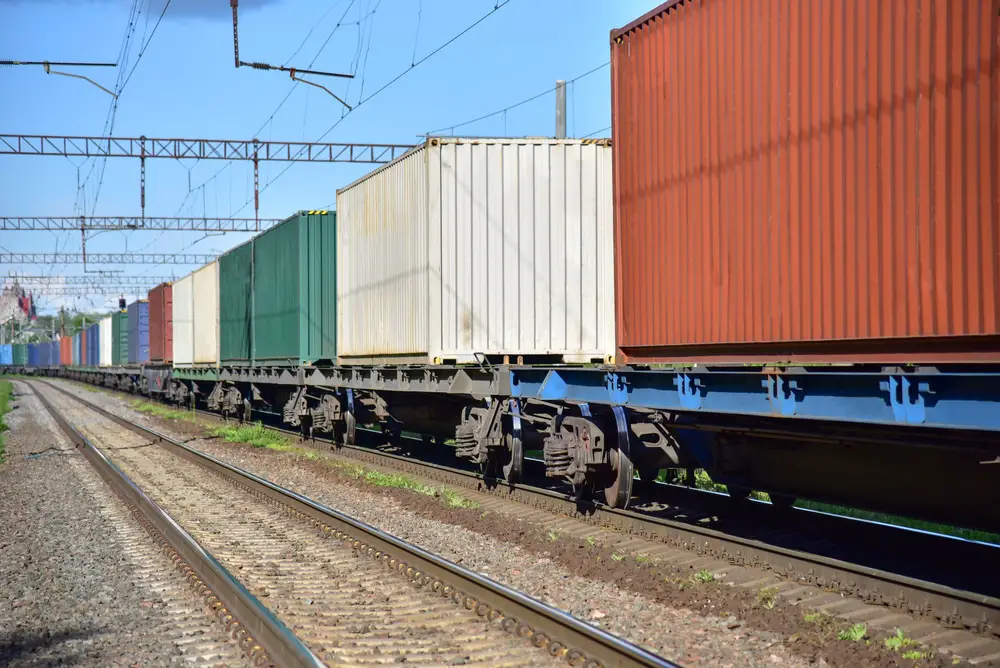
What Do Freight Trains Carry?
Freight trains are essential in our economy because of the many commodities they move.
From airplane and automobile parts to as simple as wheat and grains, trains affect our everyday lives without us noticing.
There are eight types of freight cars, each carrying a particular product or having a single purpose.
1. Boxcar
Boxcars have side doors for crew members to load and unload materials easily. A boxcar is the most common freight car because it can hold almost anything from papers to television and other supplies.
In the 1900s, this freight car was used to carry grains and coals because specific cars were not created back then. Because of the load, boxcars are often damaged and often need repairs.
2. Autorack Car
As its name suggests, an autorack car moves vehicles from manufacturing to dealerships.
These cars are double-tiered and can carry any type of vehicle. Additionally, autoracks are specifically designed to load and unload cars quickly.
It has a ramp on either side of the car, and automobiles are driven on the ramp to their respective tiers.
3. Tanker Car
Tanker cars carry anything in liquid form, from corn syrup to gasoline. When this car carries hazardous materials, you’ll see a placard on its side to warn people.
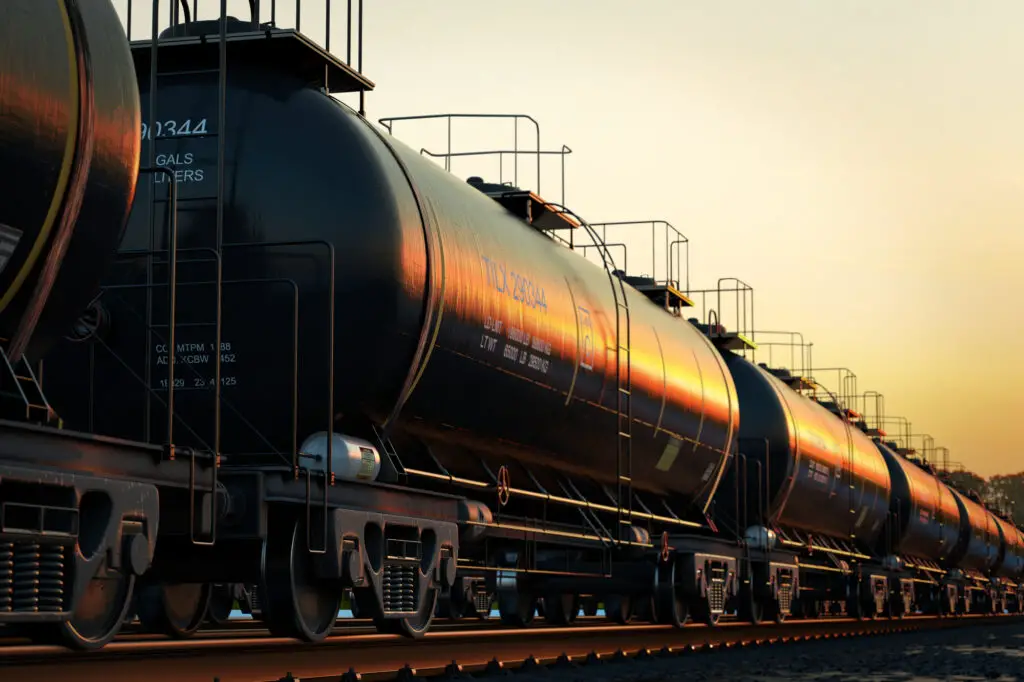
Here are some of the placards you’ll see in North America and their corresponding loads:
| Placard Number | Material |
| 1075 | Liquefied petroleum gas |
| 1078 | Propane and petroleum gas |
| 1203 | Gasoline |
| 1267 | Crude oil |
| 1824 | Sodium hydroxide |
| 1831 | Sulfuric acid |
| 1993 | Flammable liquid |
| 2187 | Carbon dioxide refrigerated liquid |
| 3475 | Ethanol |
4. Hopper Car
The hopper car transports many commodities, which may include coal or iron. There are two types of hopper cars.
One has a full cover, and the other one is open on top. Depending on the material, they use the type of car they need to load and unload the goods quickly.
In most cases, hopper cars with covers carry grain and wheat. Open-top cars carry materials like coal to load the car from the top and bottom to unload the goods.
5. Centerbeam Car
A centerbeam car is often chosen to transport construction materials such as drywall, wallboard, and lumber.
Additionally, it can be a tedious task to load a centerbeam car.
You have to ensure that both sides have equal weight and that the I-beam is at the center at all times to ensure that the car won’t tip over.
6. Gondola
If you see a car with low side walls and open tops, that is a gondola car. Initially, gondolas carried bulk materials like copper, steel, metal, and lumber.
Today, many gondolas are available for excursion activities on many heritage railroads.
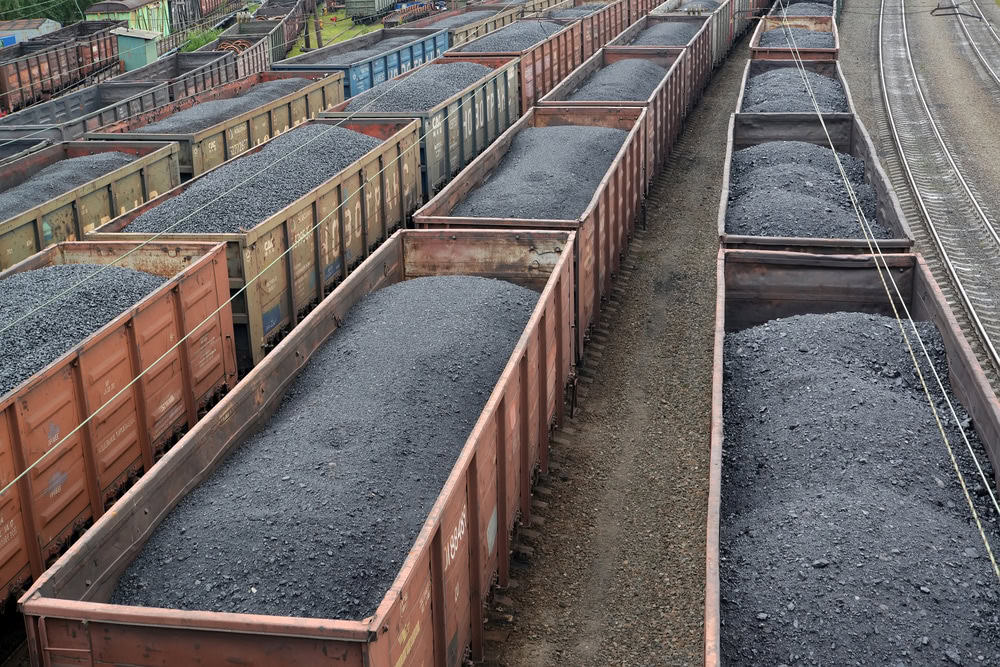
7. Flat Car
Flat cars are the most straightforward type of car on railroads. Many of these cars have wooden panels on top and a meta frame as a base.
This car can carry almost anything from construction equipment to electrical transformers.
In some instances, flat cars will have a depressed center to carry heavier and bulkier materials.
8. Intermodal Well Cars
Also known as “well stack cars,” intermodal well cars can fit and move shipping containers. “Double stack” is a method used for these cars because there should be a container on top of another.
This type of car is convenient and versatile, so you can load any product without a problem. Also, It can stretch miles and travel on trucks, trains, and ships.
You can check out more Freight Train pics and info in our article here.
Why Railroads Are Important – Conclusion
Railroads are important in the past, today, and our future because many of the world’s commodities use this mode of transportation.
Furthermore, it is a fast and cost efficient way to transport commuters inter-city and inter-state.
Rail transit is cost-efficient, fuel-efficient, provides thousands of employment opportunities, is reliable, and more.
Safe travelling!

